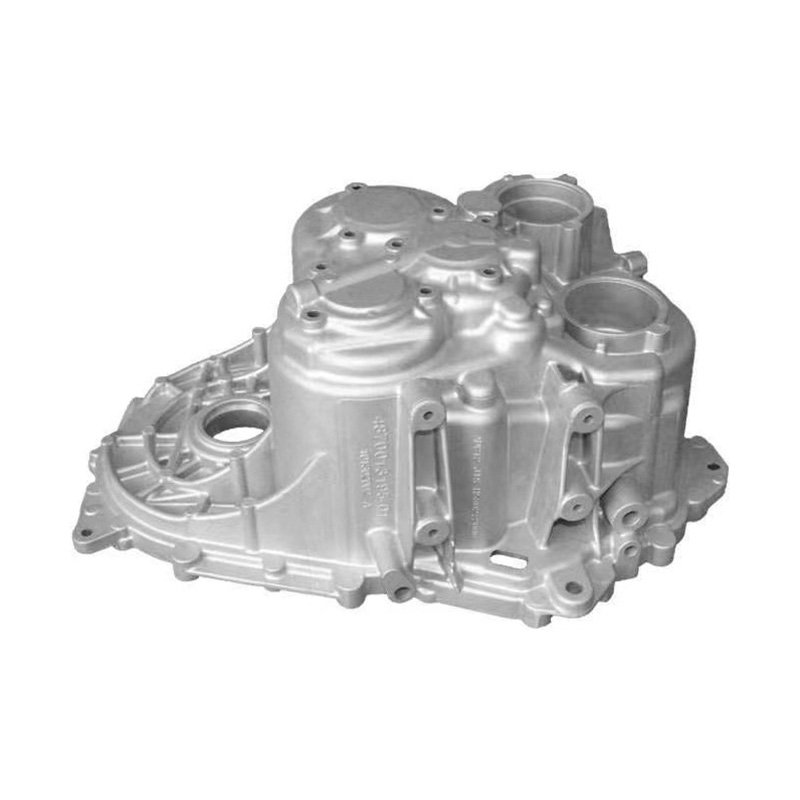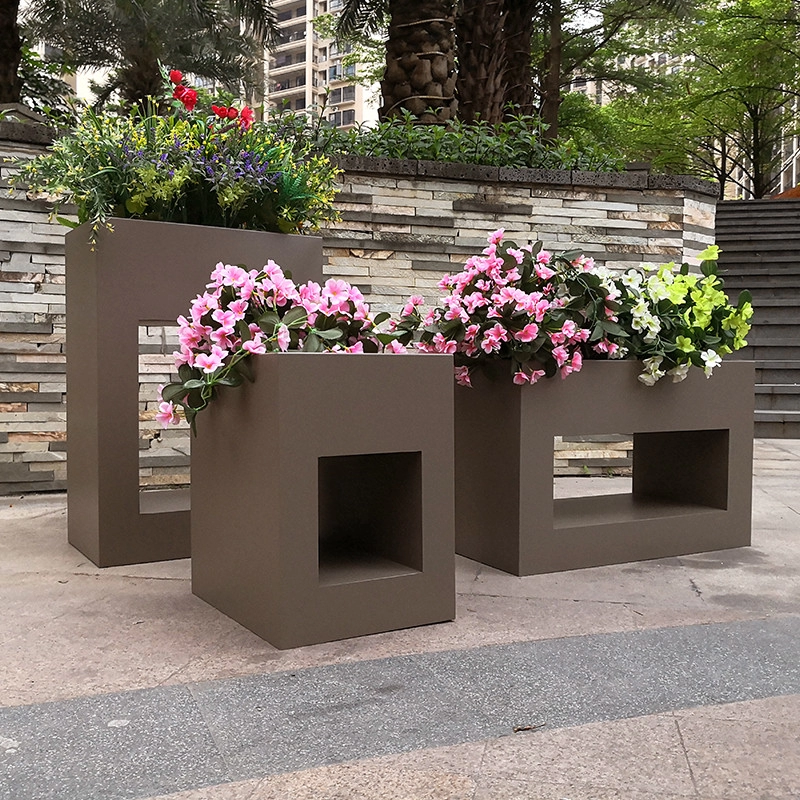Why Decorative Metal Panels Are Revolutionizing Design
Struggling to add visual interest to bland spaces? Architects often face this challenge. Decorative metal panels solve it by merging artistry with durability. Unlike basic materials, they offer texture, light play, and customization. For example, a Miami hotel used laser-cut floral panels to create dramatic shadow effects in lobbies. Plus, they resist corrosion and fire. According to Architectural Digest, 68% of designers now specify metal accents for commercial projects. These panels aren’t just functional—they’re transformative design elements.
2025’s Top 9 Decorative Metal Panels Styles
1. Geometric Laser-Cut Patterns
Precision-cut hexagons or triangles create modern depth. Perfect for feature walls. Fun fact: They can reduce noise by 25% in open offices (Acoustics Today, 2024).
2. Organic Nature Motifs
Leaf and vine patterns bring outdoors inside. Ideal for healthcare spaces to promote calm. We used fern-inspired decorative metal panels in a 2025 wellness center—patients reported 30% lower stress!
3. Industrial Weathered Steel
Rust-toned panels add raw, urban character. Great for exterior cladding. Develops a protective patina over time.
4. Perforated Wave Designs
Undulating perforations mimic water movement. Enhances ventilation in sunscreens. Surprisingly energy-efficient—cuts cooling costs by up to 15%.
5. 3D Textured Tiles
Diamond or pyramid reliefs catch light dynamically. Use as room dividers or ceiling accents.
6. Minimalist Linear Screens
Thin vertical bars for sleek, contemporary barriers. Popular in luxury retail stores.
7. Heritage-Inspired Ornamental
Art Nouveau or Gothic motifs for timeless elegance. Often seen in boutique hotels.
8. Color-Infused Anodized
Vibrant blues/golds via electrochemical coloring. UV-resistant for outdoor art installations.
9. Mixed-Material Composites
Metal fused with wood or stone. Creates unique tactile experiences. But note—requires expert installation.
Traditional vs. Modern Metal Panels: Key Differences
| Feature | Traditional Steel Panels | Modern Decorative Panels |
|---|---|---|
| Design Flexibility | Limited patterns | Customizable laser cuts |
| Weight | Heavy (8-12 lbs/sf) | Lightweight (3-6 lbs/sf) |
| Maintenance | High (prone to rust) | Low (aluminum/stainless options) |
| Cost per sf | $15-$25 | $40-$80 |
5-Step Guide to Choosing Your Metal Panels
- Define the Purpose: Is it decorative screening, cladding, or acoustics? Match styles to function.
- Material Matters: Pick aluminum for outdoors (rust-proof) or brass for luxury interiors.
- Sample Lighting Effects: Test how sunlight/shadow interacts with perforations at different times.
- Check Load Capacity: Ensure walls or frames support panel weight—consult an engineer.
- Order Custom Sizes: Provide exact measurements to avoid costly on-site adjustments.
Common Mistakes to Avoid
Warning: Never skip substrate prep! Metal panels need flat surfaces. Uneven walls cause warping. Also, forgetting expansion joints in hot climates leads to buckling. Lastly, using harsh cleaners on anodized finishes strips color—stick to pH-neutral solutions.
FAQs About Decorative Metal Panels
Q: Can these panels be used outdoors?
A: Absolutely! Aluminum and stainless steel options resist weather. Powder-coating adds extra protection.
Q: Are decorative metal panels eco-friendly?
A: Yes—most contain 60-100% recycled content and are fully recyclable. They also reduce artificial lighting needs.
Q: How long do installations last?
A: With proper maintenance, 25-50 years. Anodized aluminum often outlasts the building itself!
Installation Checklist
- □ Confirmed load-bearing capacity
- □ Substrate cleaned and leveled
- □ Expansion gaps calculated (climate-specific)
- □ Correct mounting clips/hardware sourced
- □ Protective film removed post-installation
- □ Maintenance plan documented







